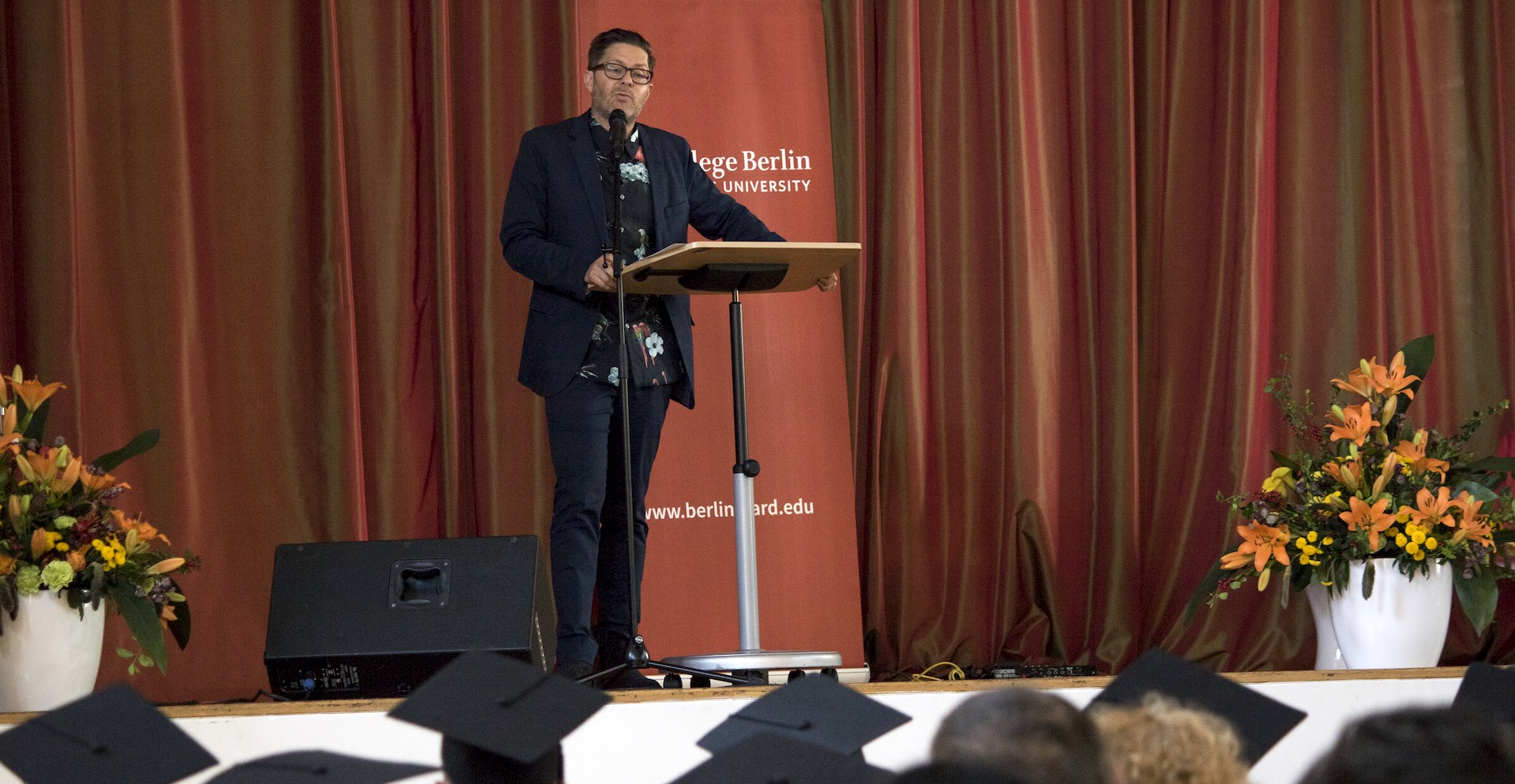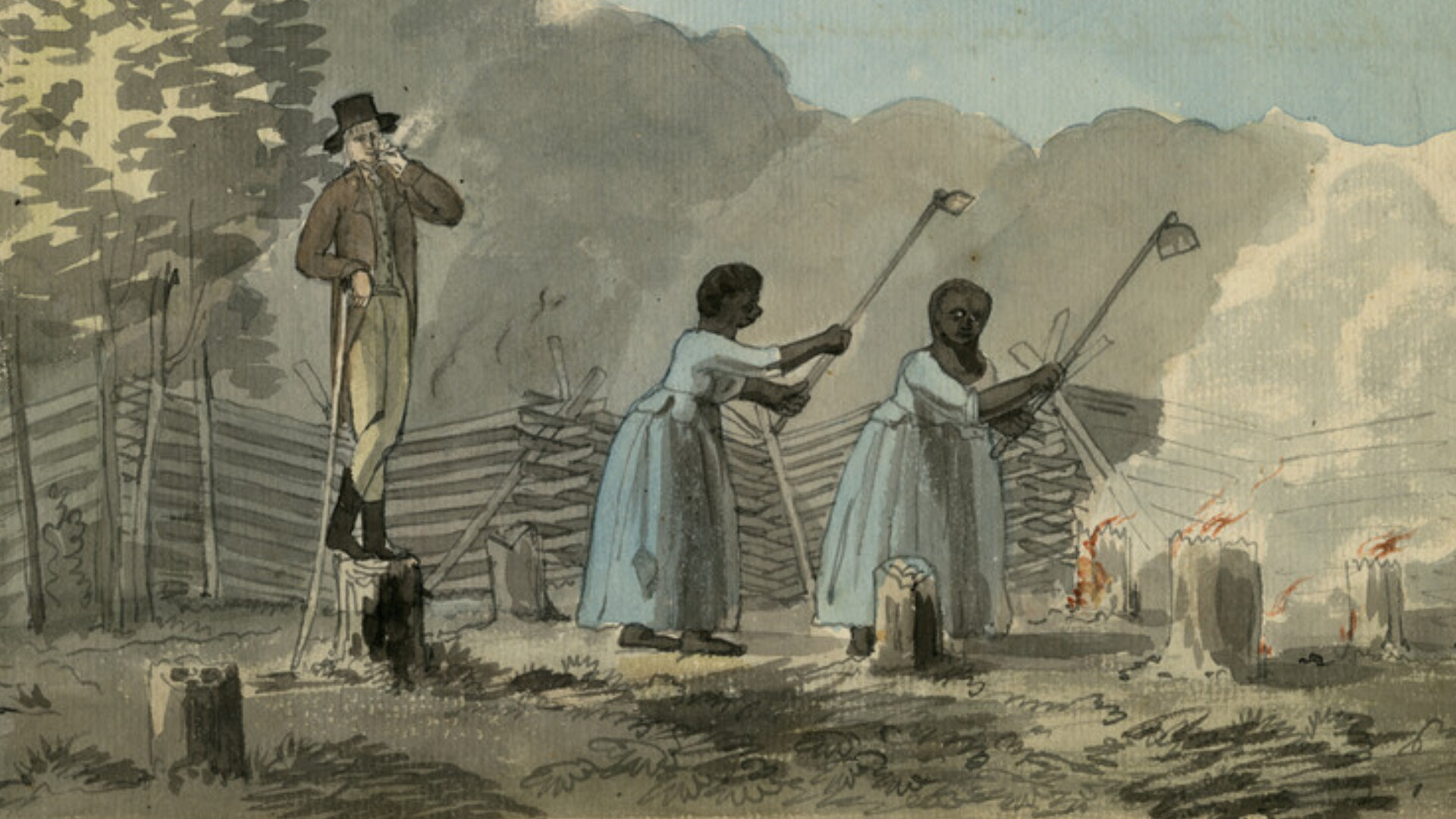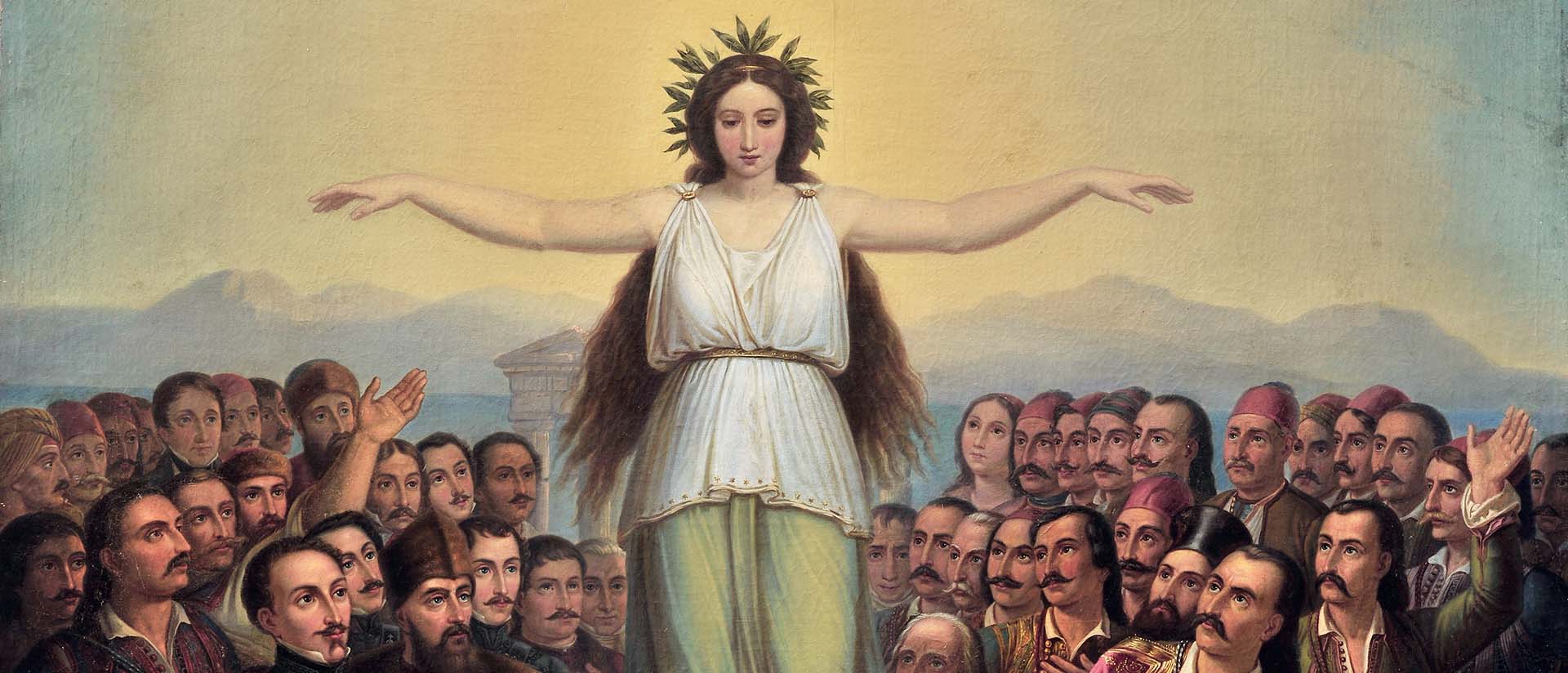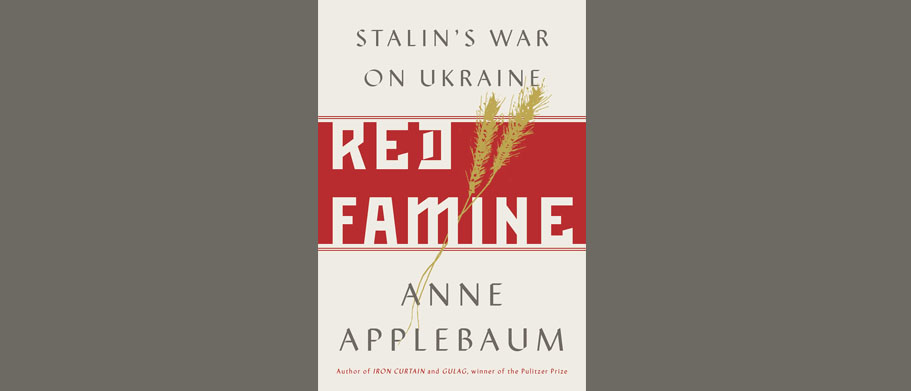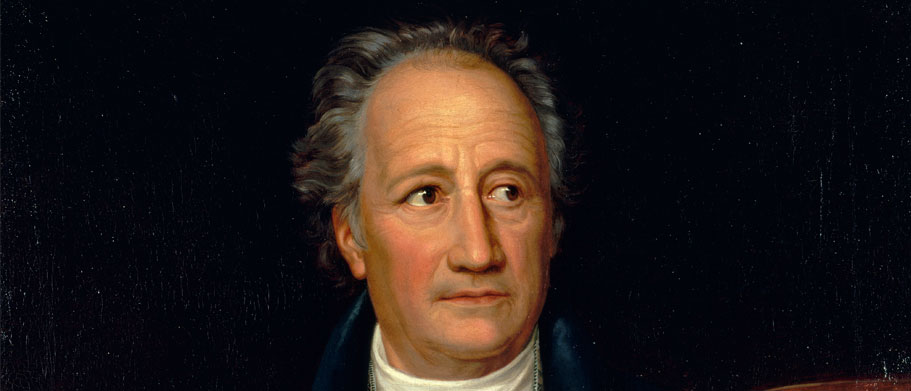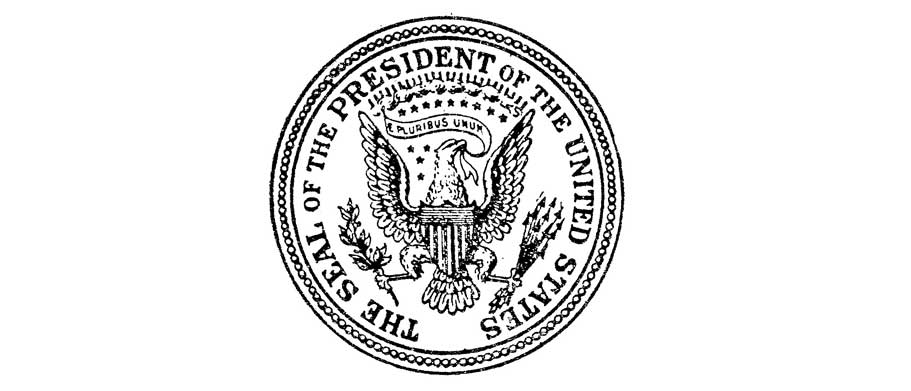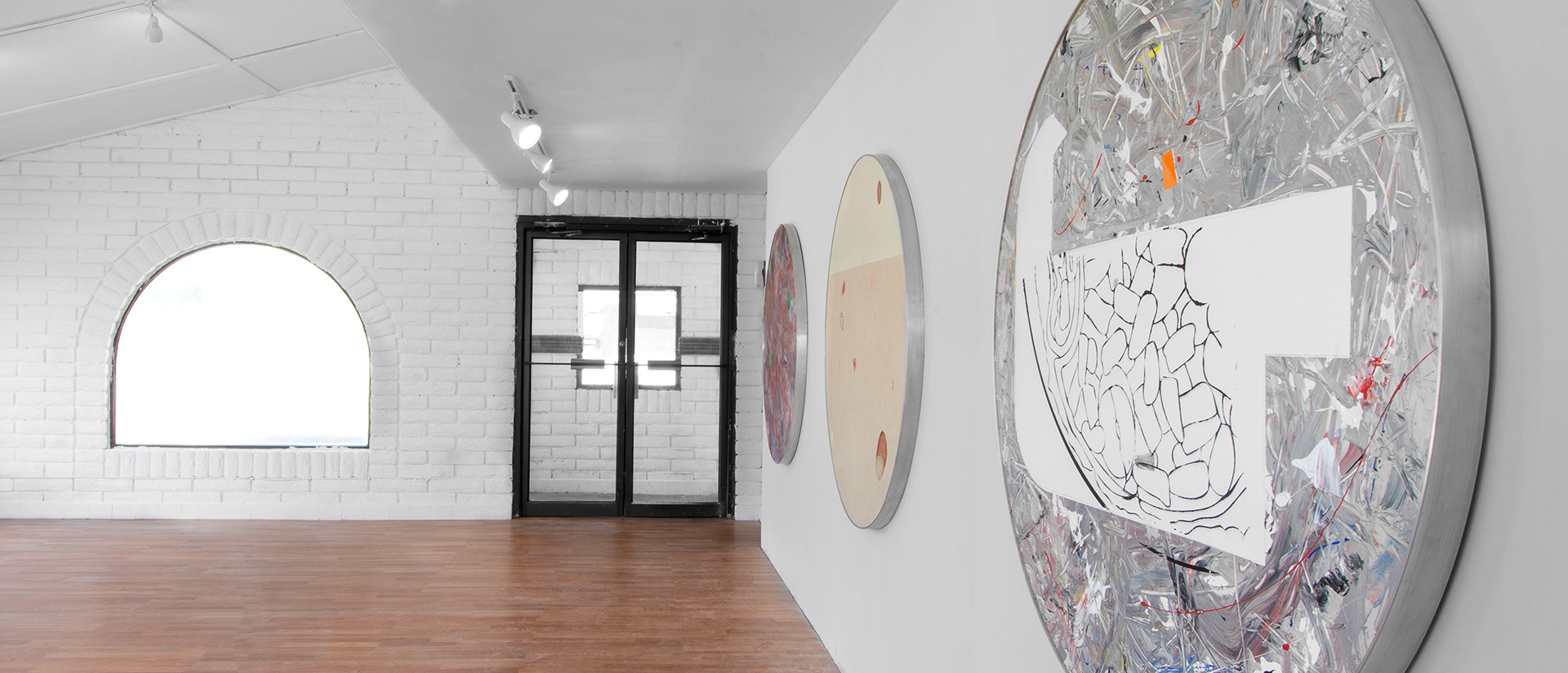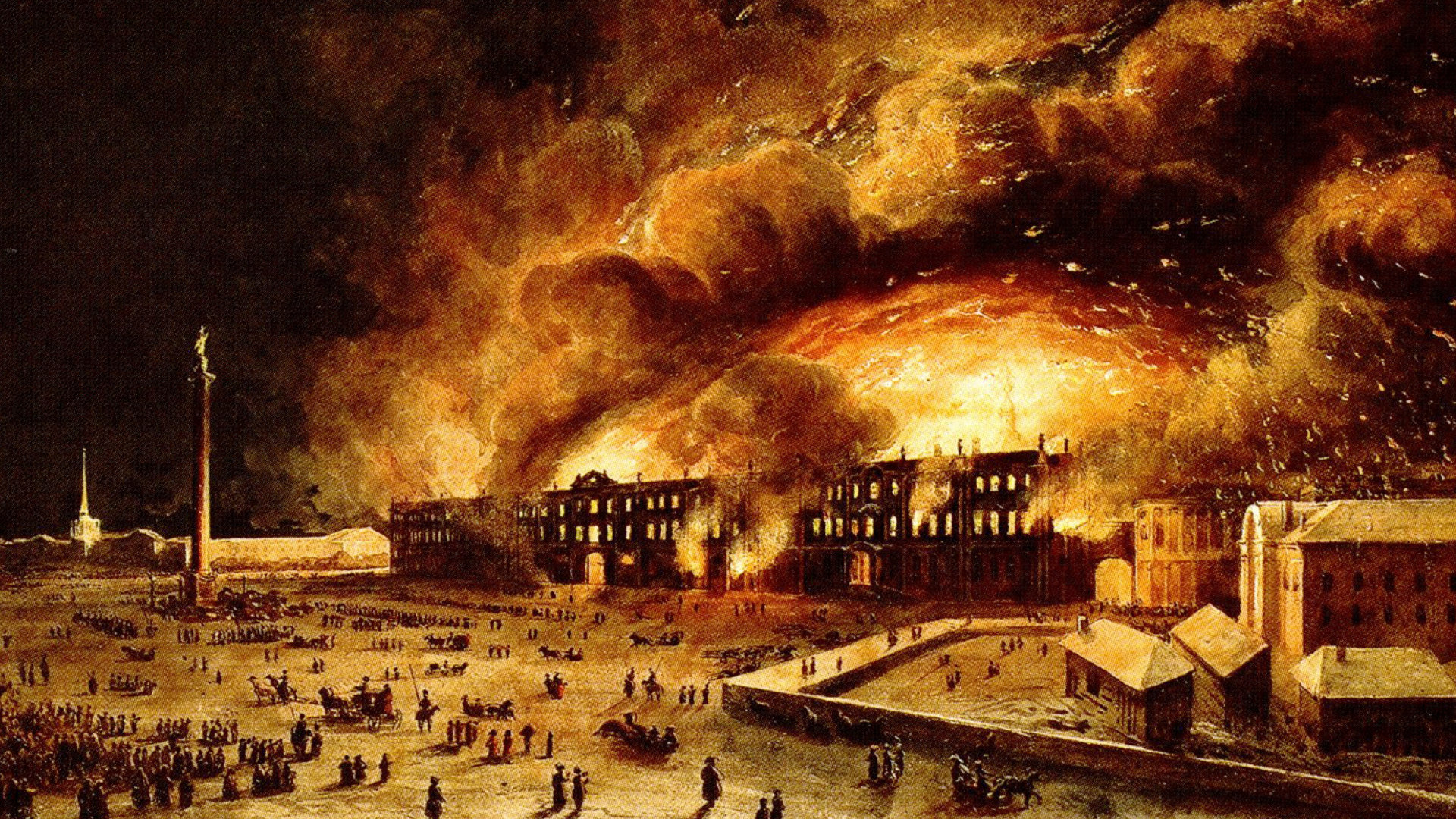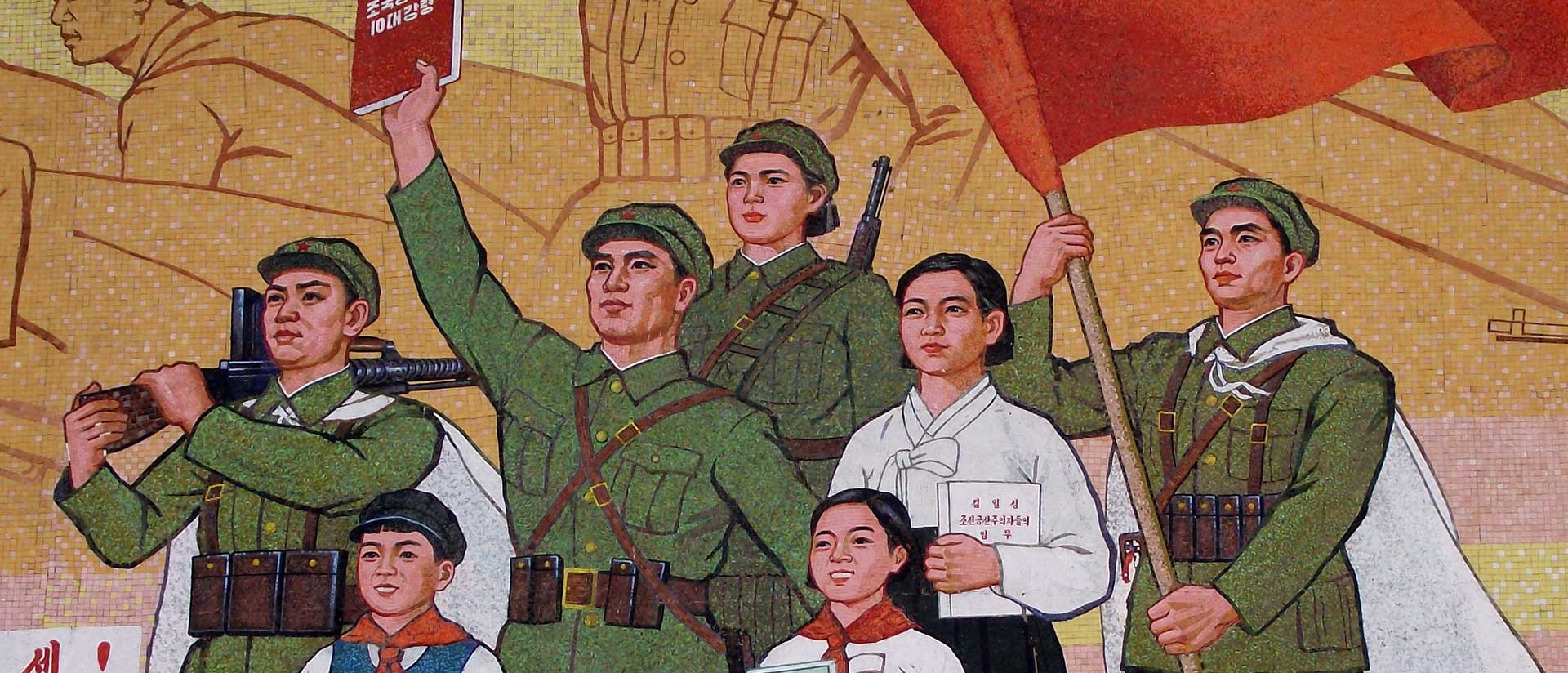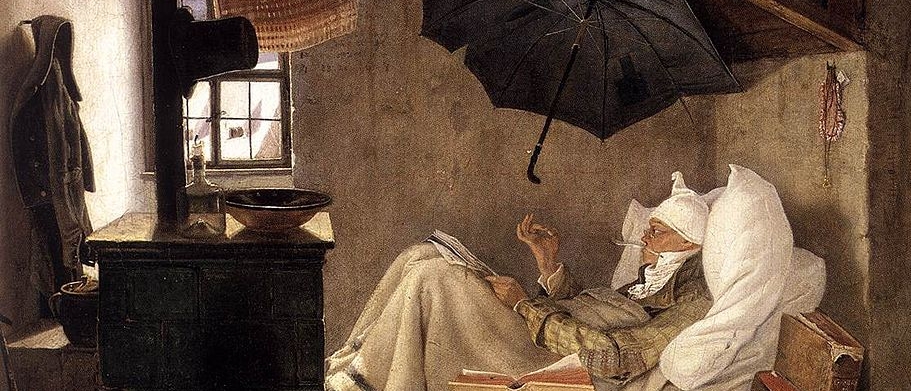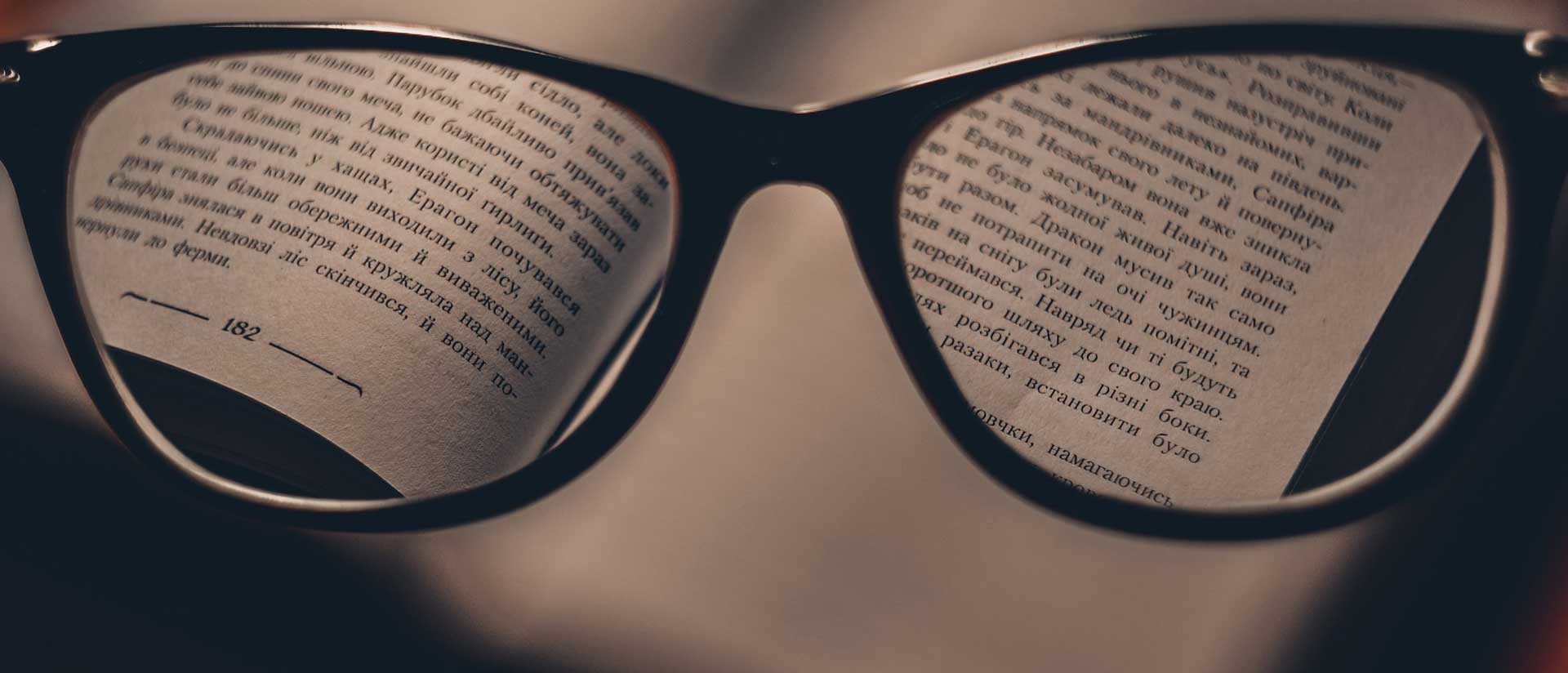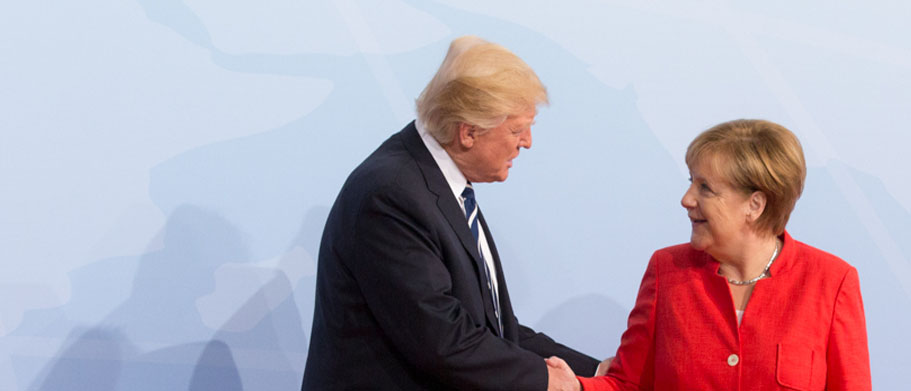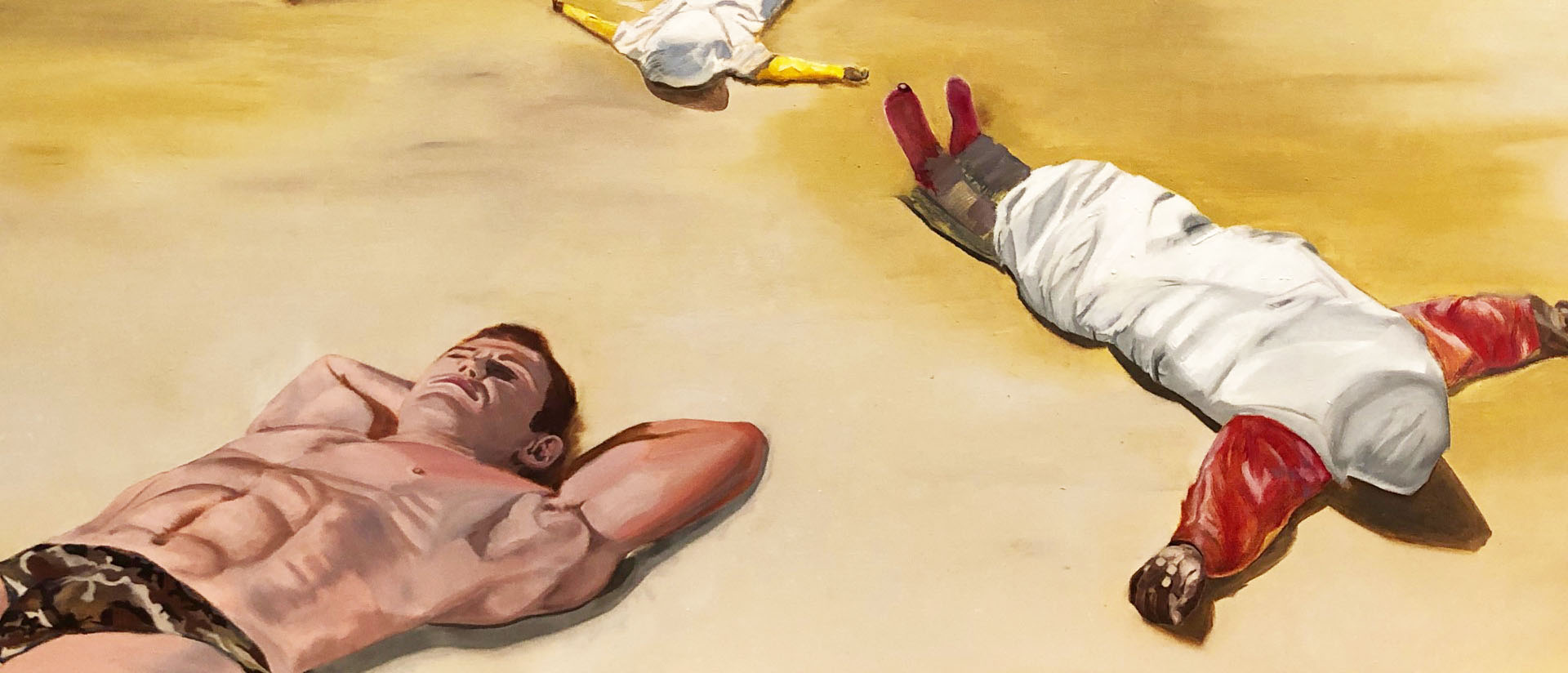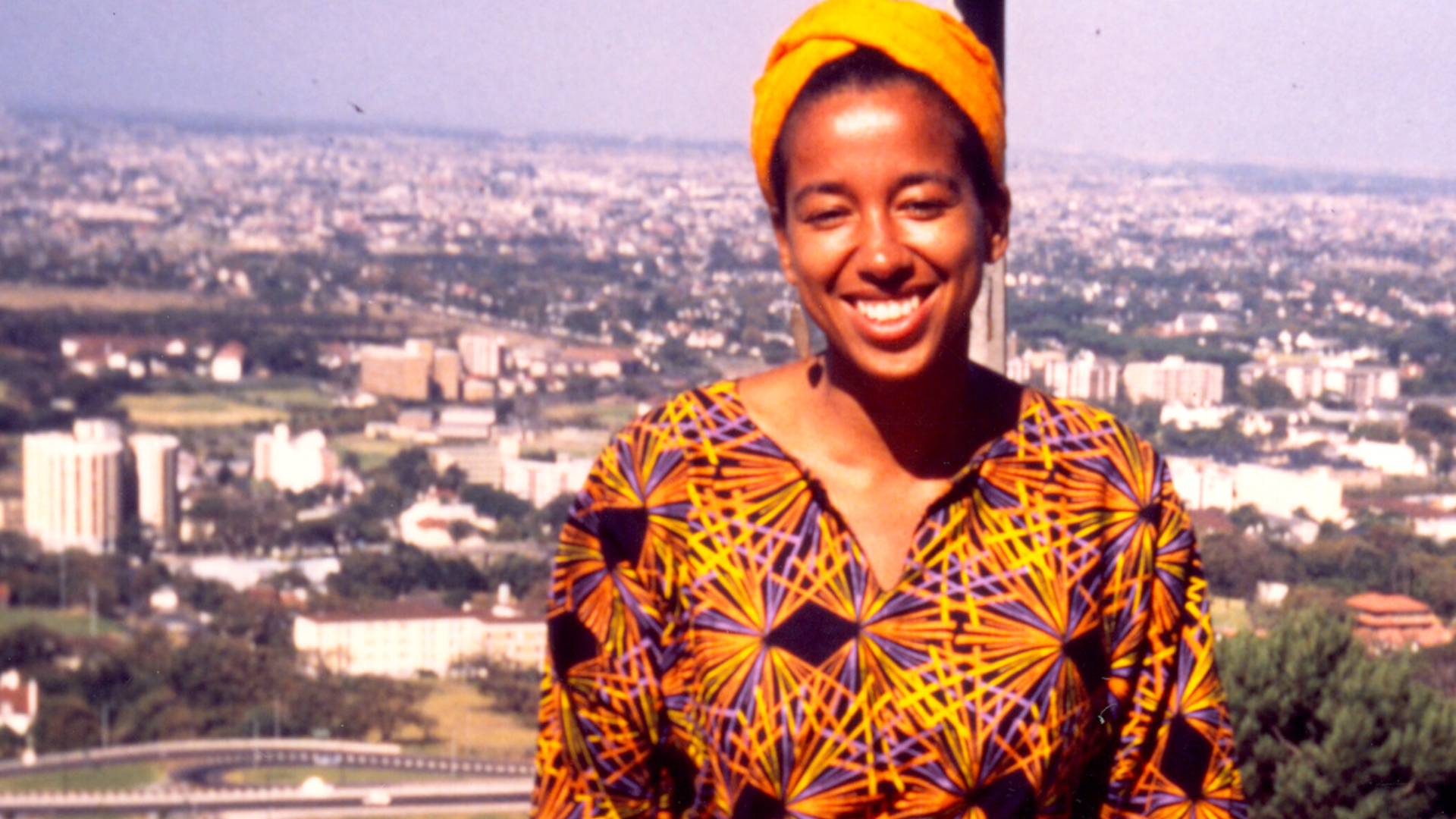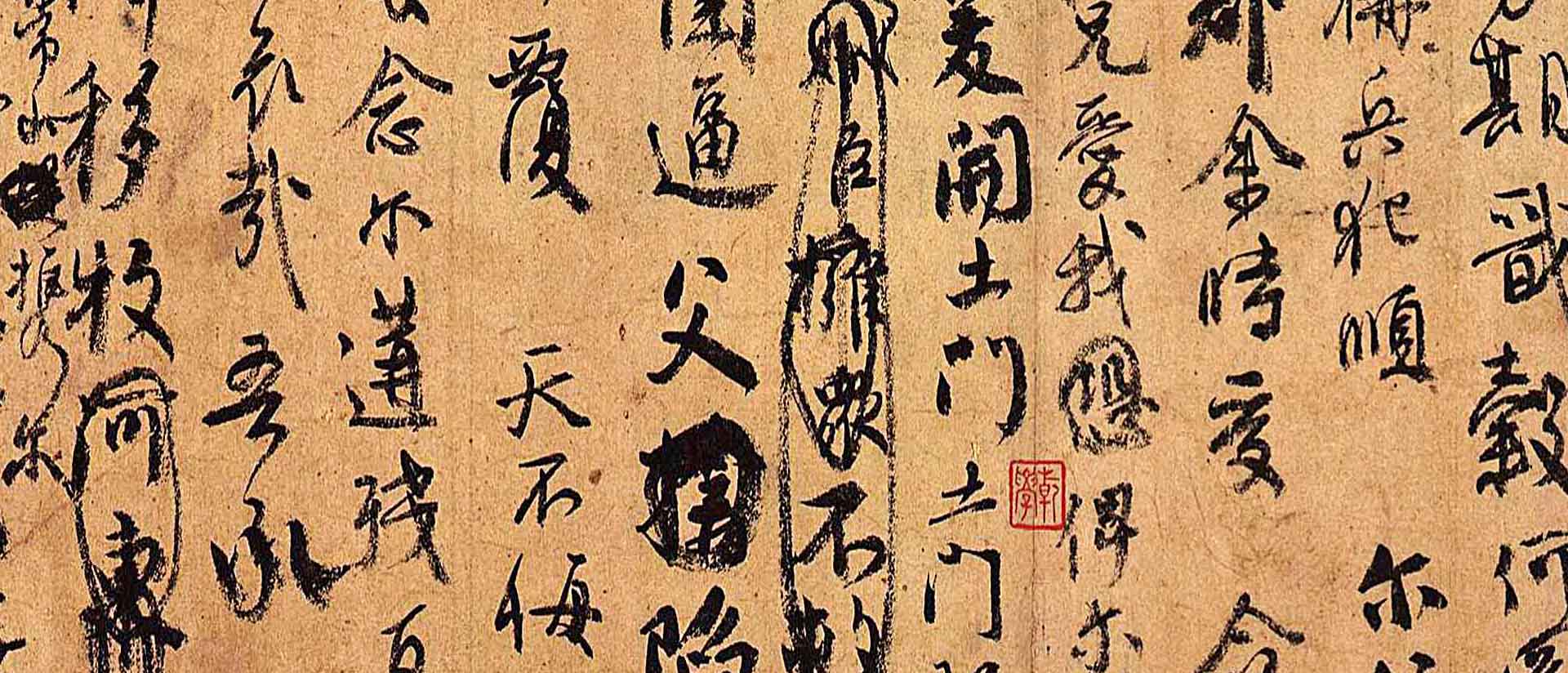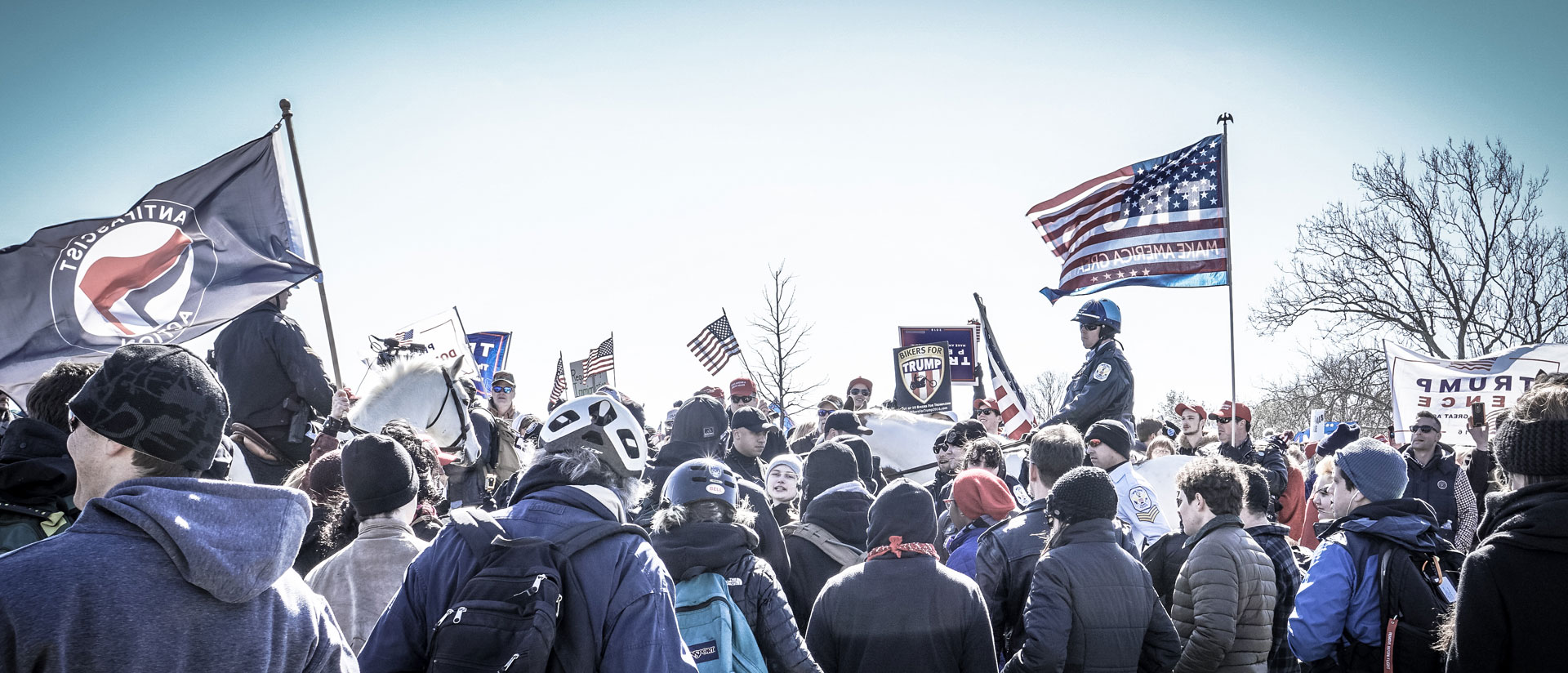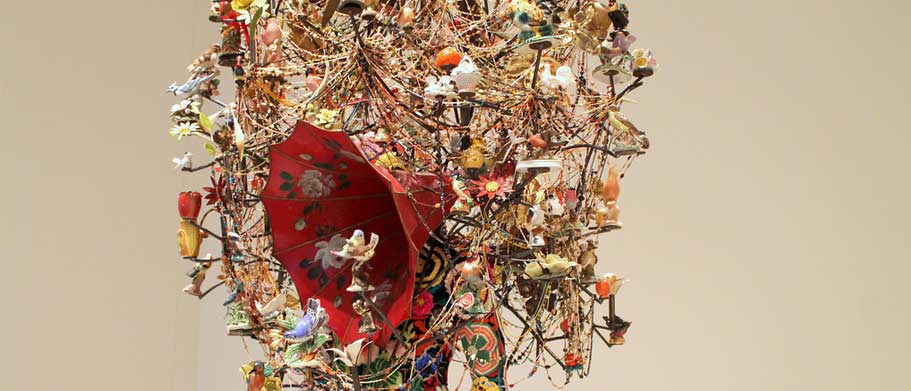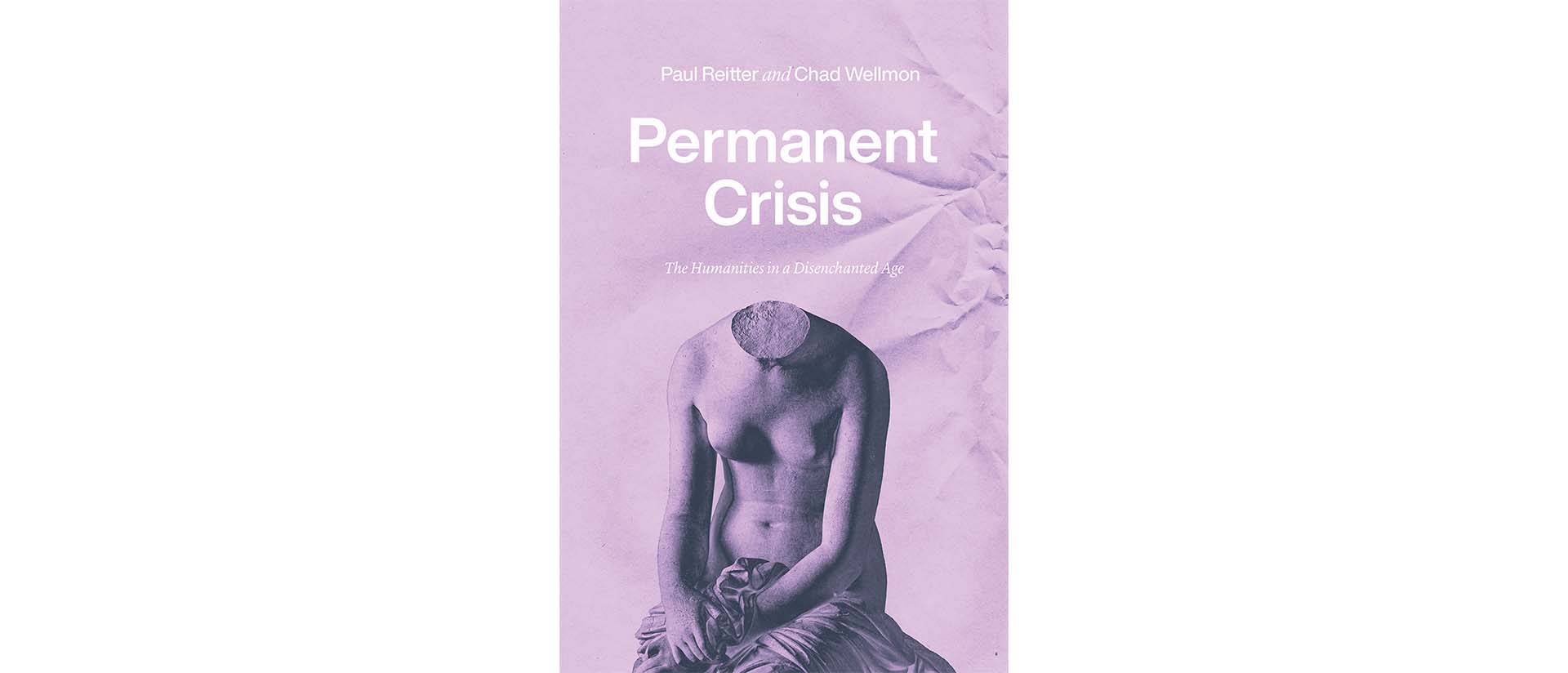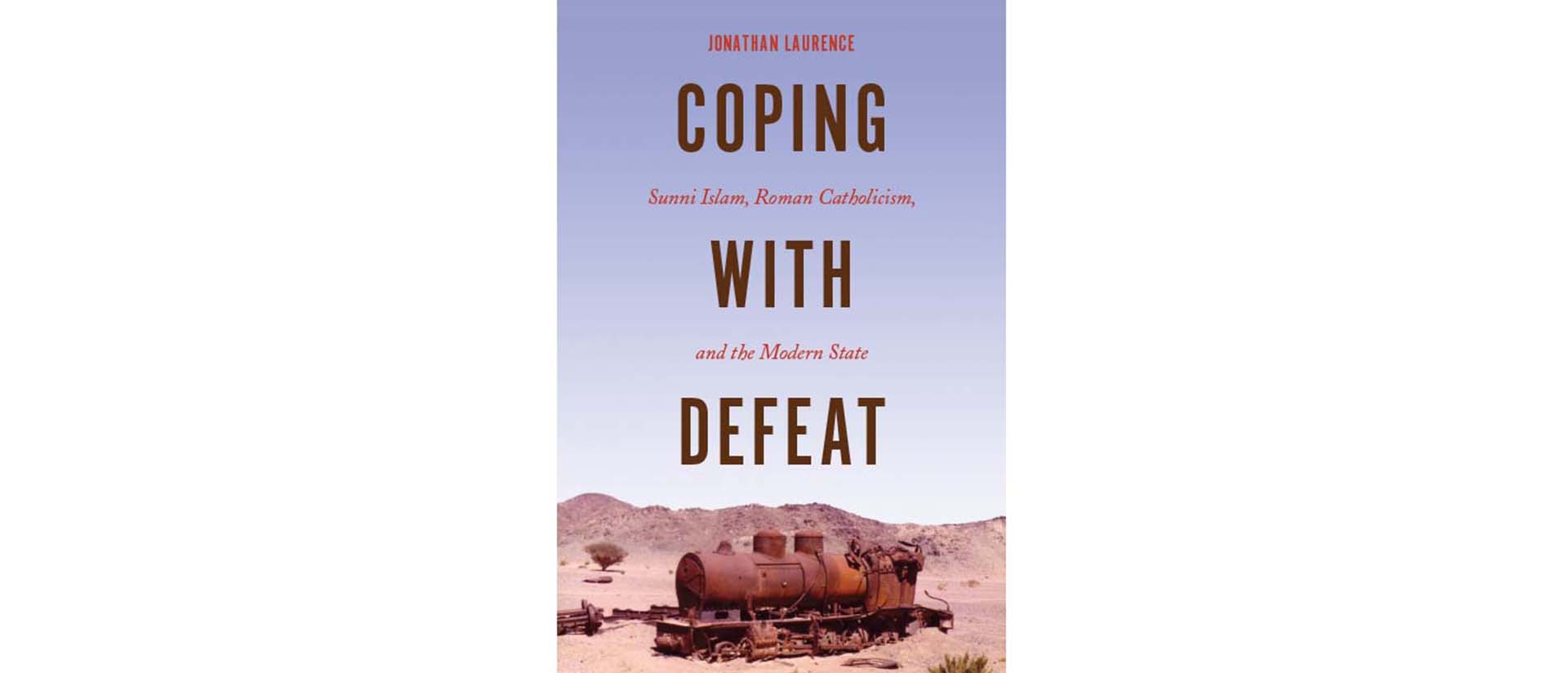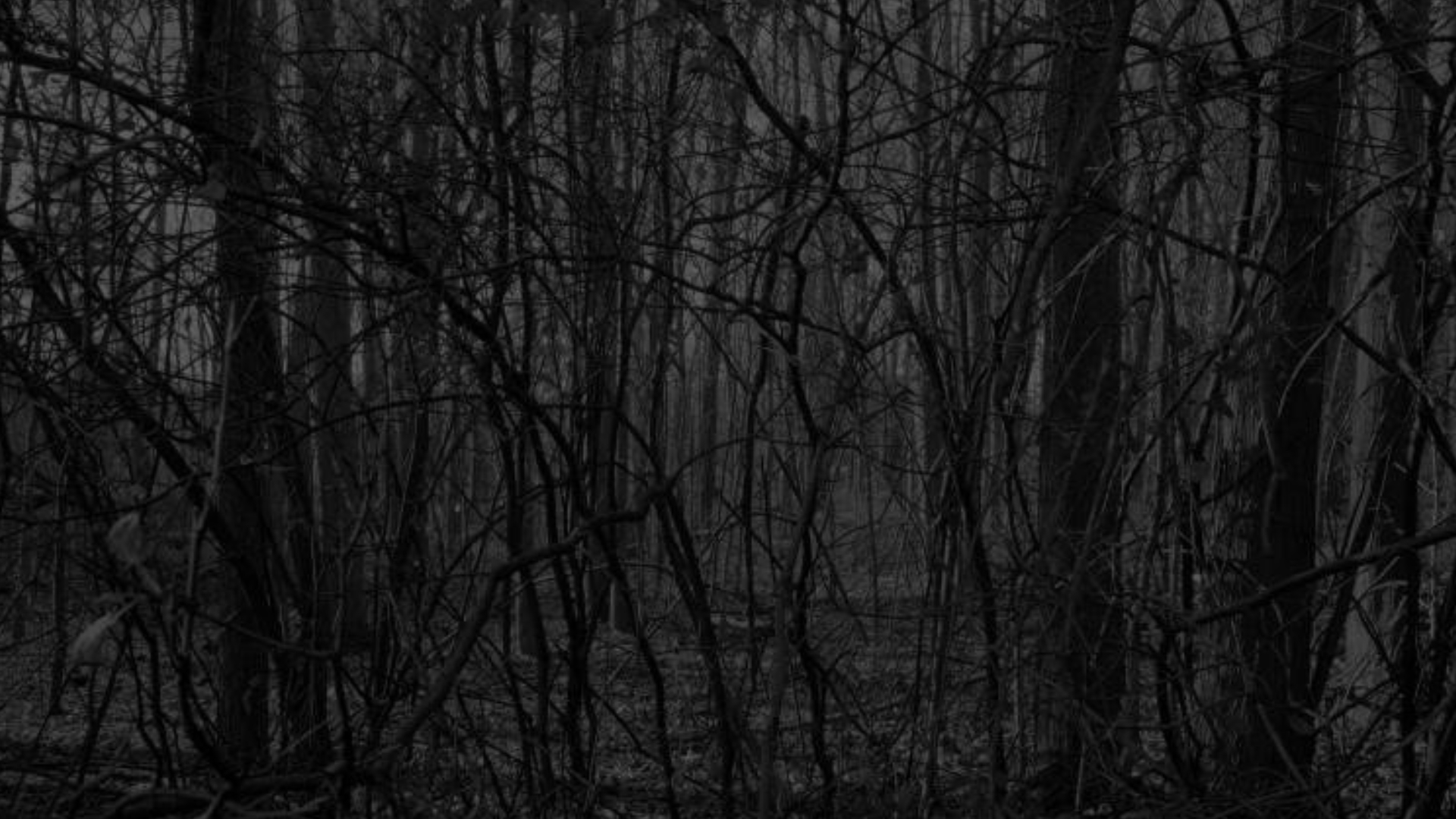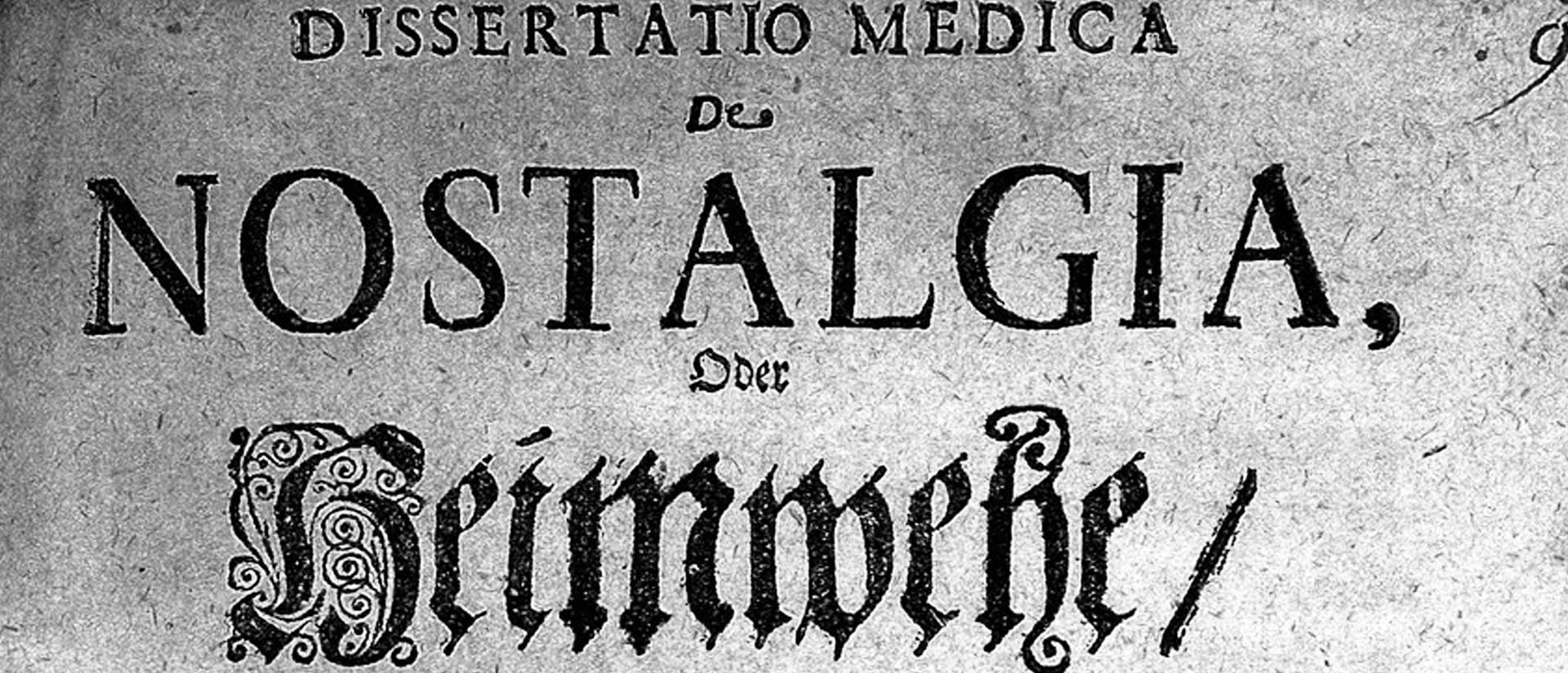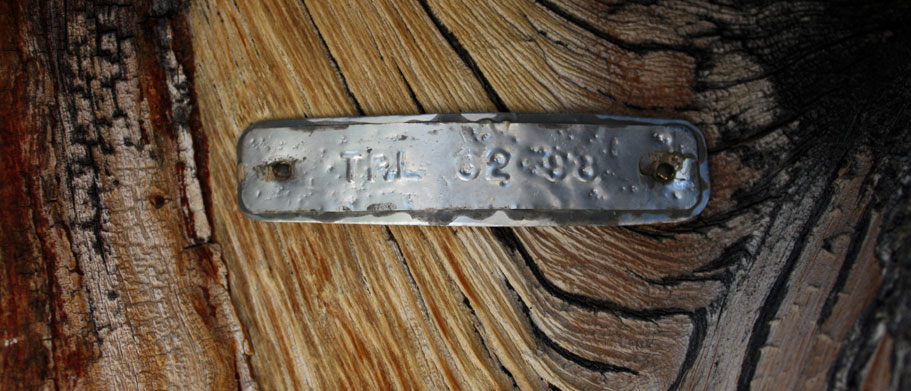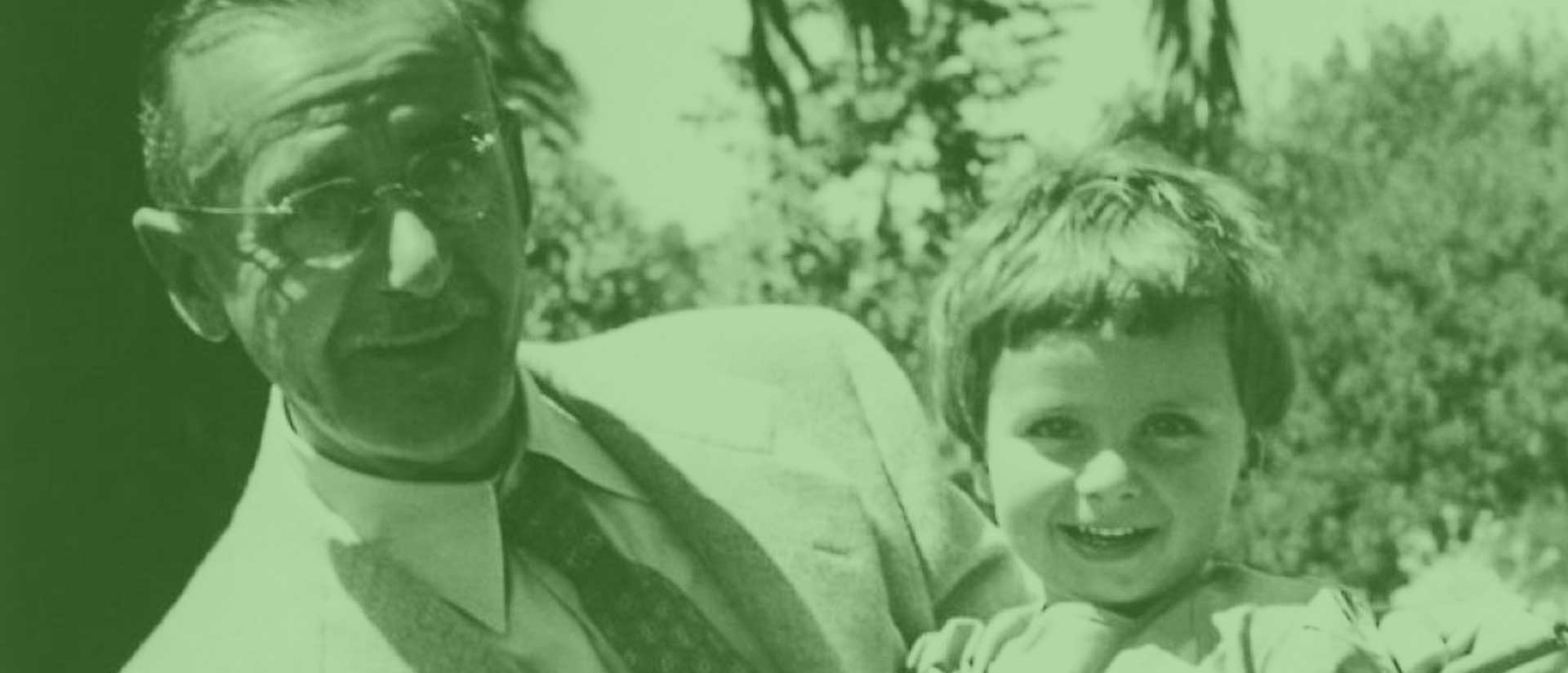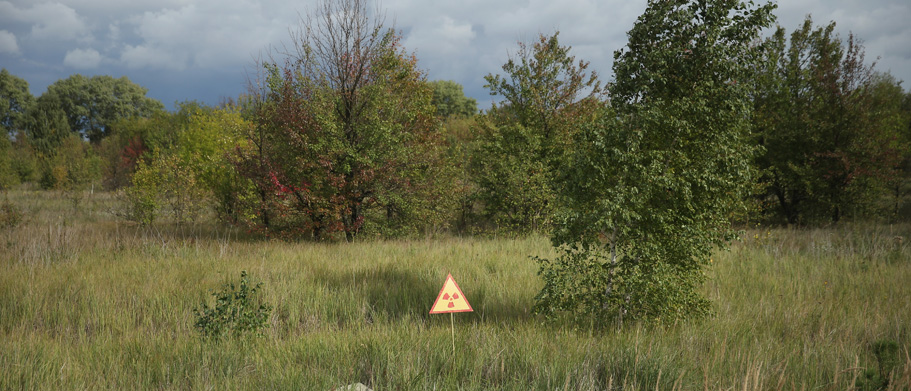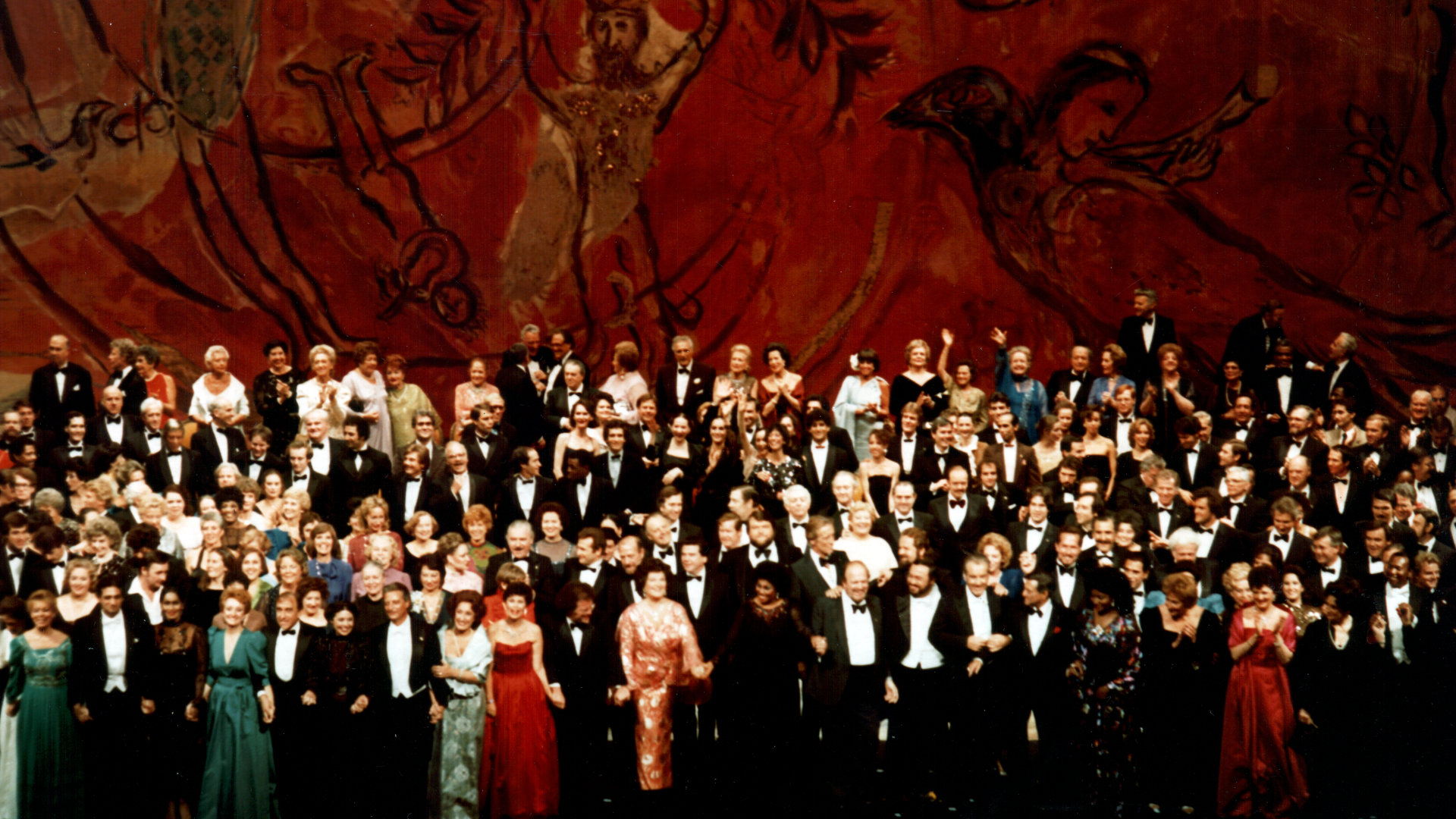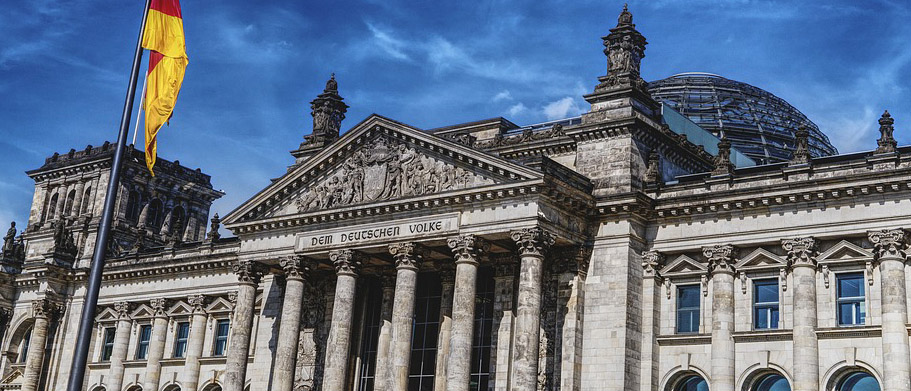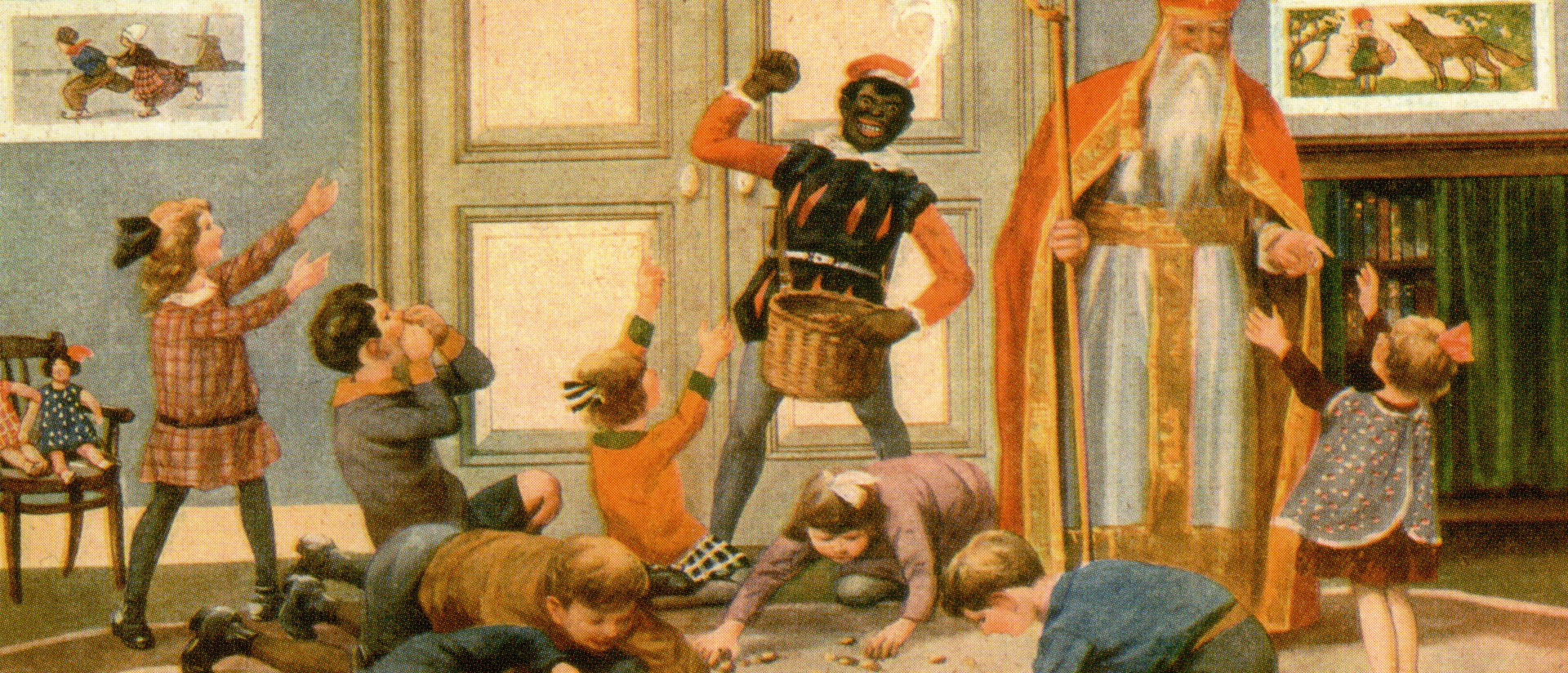
Attacking Zwarte Piet
Dutch folklore and racial history
by Allison Blakely
In the Dutch Santa Claus tradition, the beloved Sinterklaas is accompanied on his annual rounds by his equally beloved bogeyman, Zwarte Piet, or “Black Pete.” Since the 1980s, Piet, whose role in this tradition can be traced back centuries, has become a perennial target of protests and public demonstrations charging that his blackface makeup makes him a racist symbol. Some protests have resulted in police arrests. In one notable case, an unsuccessful legal suit against the mayor of Amsterdam aimed at banning Zwarte Piet’s part in the city’s annual Sinterklaas parade.
This rising criticism has grown apace with a sharp increase in the black population in the Netherlands since the 1970s, when its former colony Surinam became independent. Subsequently, the total black population in the country’s seventeen million has risen to half a million, including the Caribbean islands that are still part of the Kingdom of the Netherlands. Meanwhile, polls taken regularly show well over a majority of the Netherlands’ population favors preserving the Sinterklaas tradition without changes. This majority insists that Piet’s arguably racist traits are harmless fun, and that those daring to break their societal taboo against accusing the Dutch of racism are themselves behaving in a racist fashion by even raising the question.
It is particularly striking to encounter this cultural standoff in a country with a distinguished reputation as a leading promoter of humanism, liberalism, pluralism, and tolerance. As early as the sixteenth and seventeenth centuries, over 200,000 Flemings and French Huguenots, and several thousand Jews from Spain and Portugal, all fleeing religious persecution settled there. The small group of English Pilgrims who made their way to America in the early part of that century to found the historic Plymouth Colony had lain over in the Netherlands for over a decade. To the present day, the Netherlands has remained a welcoming destination for refugees and asylum seekers from around the world.
In weighing the extent to which Zwarte Piet can be fairly viewed as a product of racial prejudice, it should be noted that his dark color originally derived more from ancient elements of folklore and religion than from modern racial thought. But since those older customs also carried pejorative connotations exploited by racism, modern societies with growing populations of color will likely continue to experience unrest unless they find ways to modify racist aspects of cultural practices.
In different countries, counterpart St. Nicholas figures have different names but serve the same purpose. St. Martin is popular in France and Belgium and some parts of the Netherlands, also often aided by a Zwarte Piet. An example of pagan influences in the St. Nicholas legend can be seen in his occasional fusion with the Germanic supreme deity Wodan (the Norse Odin), an all-powerful deity who was believed to fly through the air on his eight-legged horse each December on the winter solstice. Karl Meisen, the main authority on the Northern European variations of the St. Nicholas legend, found innumerable names and modifications of the same name. Among the most widely used in the Germanies, the Netherlands, Belgium, and Switzerland are Ruprecht the Knecht [servant], schwarzer Kaspar [Black Caspar], schwarze Peter [Black Peter], Zwarte Piet, Pieterman, Le More, Pere Fouettard [Father Whip], Schmutzli [Dirt], Krampus, and Leutfresser [People-eater]. All these terms originally referred to the devil.
Thus, the origin of Piet’s dark complexion seems traceable to Germanic and Celtic folk traditions, ancient Oriental and Roman traditions, and the convergence of Christian and pagan rites. Ruprecht the Knecht and some of the others were at times depicted as dark, hairy, and with horns. All were associated with darkness and debasement in contrast to the noble white Saint. Ruprecht is also one of the nicknames for Wodan, which makes the splitting of this Germanic chief deity another possible origin of the St. Nicholas pairs, comparable to the Christian dichotomy between good and evil. People portraying these figures have customarily covered their faces with soot or ashes. In pagan lore, darkness was also the color for death and winter. This lends credence to the propositions that in some areas of the Netherlands the dark “companion” figures predated the Saint and were relegated to a subordinate role only with the increased dominance of Christianity. In the Netherlands today, traces of the dual Christian–pagan heritage in the Sinterklaas tradition are still evident in some of the more isolated areas, such as on the Waddenzee Islands of Ameland, Texel, Vlieland, and Schiermonnikoog.
In pagan lore, darkness was also the color for death and winter.
The grip of this celebration on the popular imagination was already evident in the late sixteenth and seventeenth century, when the survival of the religious tradition featuring Sinterklaas and dark assistants in the Netherlands was threatened by the Calvinist Church and a government engaged in rooting out all vestiges of Catholicism. Much to the displeasure of the Reformed Church and city authorities, the array of related booths stretched beyond the square and into other parts of the city by the late seventeenth century. Such merriment in honor of the Catholic Saint prompted ordinances in Dutch towns such as Delft and Arnhem against celebrations that in some cases included all-night revelry on the eves of St. Nicholas, New Years, and the Epiphany.
Neither the Protestant Reformation in general nor the triumph of Calvinism over Catholicism in the Netherlands was able to root out this “vestige of popery.” The Church was going to have to settle for transforming what had been a more formal religious celebration of St. Nicholas into essentially a children’s feast. When it became more acceptable to show Sinterklaas, it is not surprising that the Sinterklazen in effect lived on in the guise of Zwarte Piet, who himself did not appear clearly in graphic illustrations of the Sinterklaas celebration until the early nineteenth century. He was, after all, a spiritual force.
The degree of uniformity the tradition practiced in the Netherlands achieved by the twentieth century was due to the wide dissemination of Mannekensbladen, or Volksprenten (children’s prints or penny prints), a form of popular print literature widely disseminated in the Netherlands, France, and Belgium especially in the nineteenth century through the press and schools. The advent of television, of course, and the commercial incentives related to the celebration have brought even greater standardization. This is also how the mode for public celebration most easily contributing to racist interpretation became the most popular.
Two developments in Piet’s evolution over the centuries were the most fateful in bringing about his present predicament: his becoming a “Moor” and his popular depiction modeled after the American blackface tradition. The first derived from the Netherlands having been part of the Spanish empire until the seventeenth century. Consistent with this account, Sinterklaas resides in Spain most of the year and arrives in the Netherlands by ship toward the end of November. Zwarte Piet was a Moorish orphan boy Sinterklaas adopted and trained as his assistant. This fusing in the folklore of the historical meeting of “East and West” would come to fuel the current cultural clash within the Netherlands, once its colonial past led to today’s increasingly multicultural society.
That the tradition calls him a Moor has become problematic—on one hand because the term “Moor” was one Europeans had earlier used to describe people of black African descent as well as North Africans; on the other, because some in the Netherlands’ current Muslim population of some 150,000 also prefer not being reminded of the master–servant relationships in their European colonial past. In keeping with the tradition involving Spain, today’s Zwarte Piet is a Dutch man, woman, or child in blackface dressed in the fashion of sixteenth-century Spain, walking alongside the mounted Saint in parades holding the reins. In most instances, the parade will have numerous Zwarte Pieten [the plural form of Piet] who distribute sweets to children along the way.
For assessing the moral character of Piet’s role in the Dutch Sinterklaasfeest, it is interesting to compare it with the Santa Claus tradition in the United States, a country founded on principles similar to the Netherlands’ but where both color consciousness and racism have played greater historical roles. The Santa Claus celebration has never evoked the type of outrage in the United States that now surrounds Sinterklaas and Zwarte Piet in the Netherlands, though its innocence blurs somewhat when studied in historical context. The American tradition, which did not crystallize until the mid-nineteenth century, is an amalgamation of Father Christmas, brought over by seventeenth-century British settlers, and Sinterklaas, brought by the Dutch to their New Amsterdam around the same time. Father Christmas was just another of the myriad offspring of the St. Nicholas tradition. Piet did not become part of the American tradition because, although New Netherlands was mainly a Dutch colony until ceded to England in 1673, only about half the population of New Amsterdam was Dutch; both the Dutch Calvinist and English Puritan churches in that region shared the disdain for the St. Nicholas celebration of their church leaders in Europe. The current traditional American image of Santa Claus was shaped primarily in the nineteenth century by Clement Moore (1779–1863), an American Biblical scholar and professor of Oriental and Greek literature, and a Bavarian-born cartoonist, Thomas Nast (1840–1902). The American Santa Claus also has European roots.
The Santa Claus celebration has never evoked the type of outrage in the United States that now surrounds Sinterklaas and Zwarte Piet in the Netherlands, though its innocence blurs somewhat when studied in historical context.
Moore’s poem “A Visit from St. Nicholas,” originally composed just for the enjoyment of the author’s own family, is clearly describing a European “right jolly old elf.” The imagery surrounding his “eight tiny reindeer” pulling his sleigh across the winter sky also conjures up the Wodan tradition featuring the Norse god on his eight-legged flying horse. Here it is also interesting to note that Moore gave two of his reindeer, “Donder” (thunder) and “Blitzen” (lightning), names of forces of nature that mix German and Dutch (though modern editors have chosen to just use the German). In the broader American Santa Claus tradition that evolved, all the human characters, including Santa’s elves at the North Pole, are white. In contrast to Sinterklaas’s Pieten, all are also male, except for Mrs. Claus, his homemaker.
While this does not necessarily represent racial or gender discrimination, black American counterparts of the main protesters against Zwarte Piet, suffering from the legacies of racial and color prejudice, have not failed to notice that the Santa tradition has been traditionally “white,” and that this has served to reinforce the predominant perception that the most important figures in society and culture are all white. The Santa tradition also evolved against a historical backdrop that featured slavery becoming replaced by the structure of debasement called Jim Crow that would prolong legal inequality for another century. This was also the era that saw blackface emerge, a grotesque nod to African American culture that aided some black and white entertainers’ careers, even as blacks were becoming excluded from respected trades and sports they had engaged in even during slavery. The close historical connection between blackface and Jim Crow is undeniable, since the term “Jim Crow” derived from the name of a dimwitted, clumsy black slave character in an early nineteenth-century minstrel show. Color replaced chains as the main device for social control and economic exploitation.
Juxtaposing the American and Dutch Santa Claus traditions, it seems that in some ways the Zwarte Piet component of the Dutch celebration might be transformed from a liability into an asset. In an era of rampant cultural diversity and elevated political correctness in all major Western societies, in Zwarte Piet the Dutch happen to already have a culturally diverse figure in this ancient tradition—one reflecting both racial and gender diversity and who possesses power to shape the morality of the society that has produced him. Could one possible way for the Dutch to rescue Zwarte Piet from his current dilemma be to embrace this duo as a national symbol of cooperation between whites and people of color for the common good? Piet’s age-old role as a bogeyman could continue; but the more recent component, a visage that evokes and popularizes the racist blackface tradition, would need to be abandoned. The history of the American experience with blackface shows that this is not easy to accomplish, since although no longer respectable, it still lingers in many guises in American popular culture, including overt and subliminal advertising. But the American experience also shows that pivoting away from that practice’s respectability is possible. A history of flirtation with blackface has not indelibly stained the public images of some of the most revered icons of American popular culture, including Al Jolson, Bing Crosby, Frank Sinatra, Judy Garland, Shirley Temple, Will Rogers, John Wayne, Laurel and Hardy, the Three Stooges, and Sammy Davis, Jr.
A largely missing element from the majority position in the current polemic in the Netherlands is recognition of how this negative side of Piet impacts their own image of their fellow Netherlanders of color, and their image in society. Such a responsible and admired figure should not be identified with the pure buffoon image projected by the American minstrel tradition; yet this is the version of Piet that is the most commercially marketable. His lucrative market value is surely one reason it is so difficult to modify Piet’s portrayal.
A largely missing element from the majority position in the current polemic in the Netherlands is recognition of how this negative side of Piet impacts their own image of their fellow Netherlanders of color, and their image in society.
An amicable solution to the present impasse must include a willingness to at least modify Piet’s portrayal in a direction that harkens back to his early modern incarnation as a respectable servant, before his morphing into an image that immediately brings to mind colonial subjugation or racist denigration. The white majority indignant at being called racist is largely unaware of the Netherlands’ colonial history, because school curricula have deliberately omitted the important contribution of the colonies to Dutch wealth and power. Thus, complaining black Netherlanders are generally viewed as outsiders who should be grateful just to be part of Dutch society. There is slight awareness that they have to some degree been members for centuries, but invisible because of the distance from the colonies that most Dutch have been taught rendered them too peripheral to be important for the nation’s success. The issue of racism simply must be addressed.
Another possible way of offsetting the negative impact of celebrating a black clown figure in the Dutch tradition would be promotion of developments that would bring more people of color into greater prominence in high positions of leadership and respect. There are, after all, caricatures and stereotypes of white people too in predominantly white societies, but those carry less negative impact within a broader context that renders them comical. There also needs to be wider public attention drawn to the private dimension of the Dutch Sinterklaas tradition, the part that transpires within the home rather than at parades and in commercials. It is in the home that the deepest meaning of the celebration occurs: exchanging simple gifts, reciting poems, and offering an annual renewal of vows to uphold shared moral values that bind together family and community.
During one of my frequent visits to the Netherlands over the past five decades, a Dutch friend pointed out that another deeply ingrained tradition in Dutch culture is a penchant for long deliberations over important issues. He shared a joke about the Dutch entering heaven: On their way, they encounter an additional obstacle, a crossroads with two signposts. One sign points toward Heaven, the other toward ’t vergadering (the meeting). The Dutch history of finding social harmony bodes well for a national vergadering that will end the current discord over Zwartze Piet in one of the country’s most important holiday traditions.
1) Image from the book Sinterklaas en Pieterbaas, by S. Abramz. Illustrated by J. G. Kesler. Third edition, 1926


